By Sandhya Sridhar
Talk of the Indian dog, and the most common misconception is the mongrel on the street of an indeterminate lineage. While the dog happens to be, as they say, man’s closest companion and is much loved and appreciated for its loyalty, little is known of the wonderful Indian breeds that once flourished in the country.
Instead, fluffy breeds of foreign-origin, indigenous to colder climes have found favour thanks to their cuteness quotient. Contrast such fluffy floofs with the majestic Rajapalayam or the Rampur Greyhound, and the jury is out as to what suits the Indian climate.
Interestingly, the dog is dear to Lord Shiva in his aspect as Bhairava, and in many temples, and is also seen with the Hindu god Dattatreya. In this Lord’s case, the four dogs that are seen with him are said to represent the four Vedas.
Yama, the God of Death, is supposed to have four loyal canines guarding his abode. And let’s not forget the faithful canine that accompanied the Pandavas in their final walk in the Himalayas. While Draupadi and each of the Pandavas fell on the way, it was Yudhisthira who reached the peak of the mountain with the dog.

Lord Indra came down in his chariot to take Yudhisthira to the heavens. ‘The dog goes with me,’ said Yudhisthira. When Indra said that it was not possible, Yudhisthira commented that he could not abandon the faithful creature that had followed him all the way up. So he declined to go with Indra. At that point, the dog became the God of Dharma and Yudhisthira attained heaven for his righteousness and sense of fairness.
Lord Indra had a dog named Sarama, a female dog, who helped the Lord of the Heavens recover the cattle stolen by the asuras. She is thought to be the mother of all dogs.
In many parts of the country and in Nepal, the dog is worshipped on a special festival dedicated to the canine, called Kukur Tihar. The dogs are offered flower garlands, a red tikka is applied to the forehead and they are pampered with delicious food offerings.
Many of the Bhairava and Kala Bhairava temples have statues of the canine.
So how is it that with such a tradition of revering the dog, we have turned outwards to look for the Western definition of the dog? It perhaps began with the British, and our Maharajas, some of them great dog fanciers, who imported and made a fetish of the foreign dog breeds. This also reminds us of the very famous signs outside the clubs in India: ‘No Dogs, No Indians’, that brought home to us our status in the eyes of the white man.
But this did not deter our aspirations to like what the foreigner liked, and thus, the floodgates opened to the hounds, the terriers, the poodles and such exotic breeds.
Now, many of the native Indian breeds are on the verge of extinction, some of them being the Alangu Mastiff, the Himalayan Mastiff, the Dhole, the Tazi, the Bhakarwal and others. There is barely any interest in their revival and much-crossbreeding has diluted bloodlines.
As is in everything in today’s global world, lines blur, coalesce, reducing the distance of separation. Dog breeds all over the world are facing the inter-mingling of genes with the Puddles, the Morkies and the Labradoodles leading the pack. But this is not the last word.

The dog, closer home, has been used in story-telling, with filmmaker Mari Selvaraj using it to denote caste suppression as in his film, Pariyerum Perumal, or in his latest release, they are symbols of oppression when used against pigs (symbolism again) in his Maamannan.
Not to mention the thousands of famous dogs on social media, some of whom have become legends. And the murdered puppy that started off the John Wick series!
And finally, there is the retired government servant who built a temple for his dog named Tom, in Tamil Nadu’s Sivaganga District.





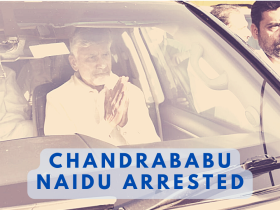
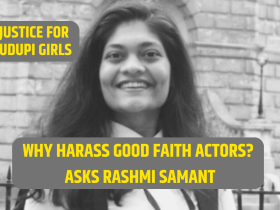
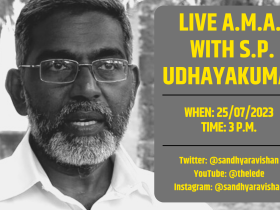

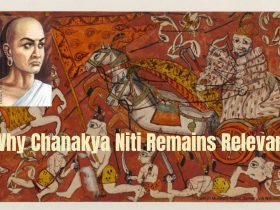


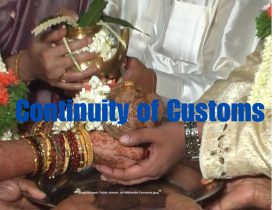

Leave a Reply